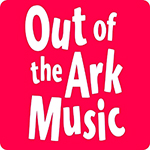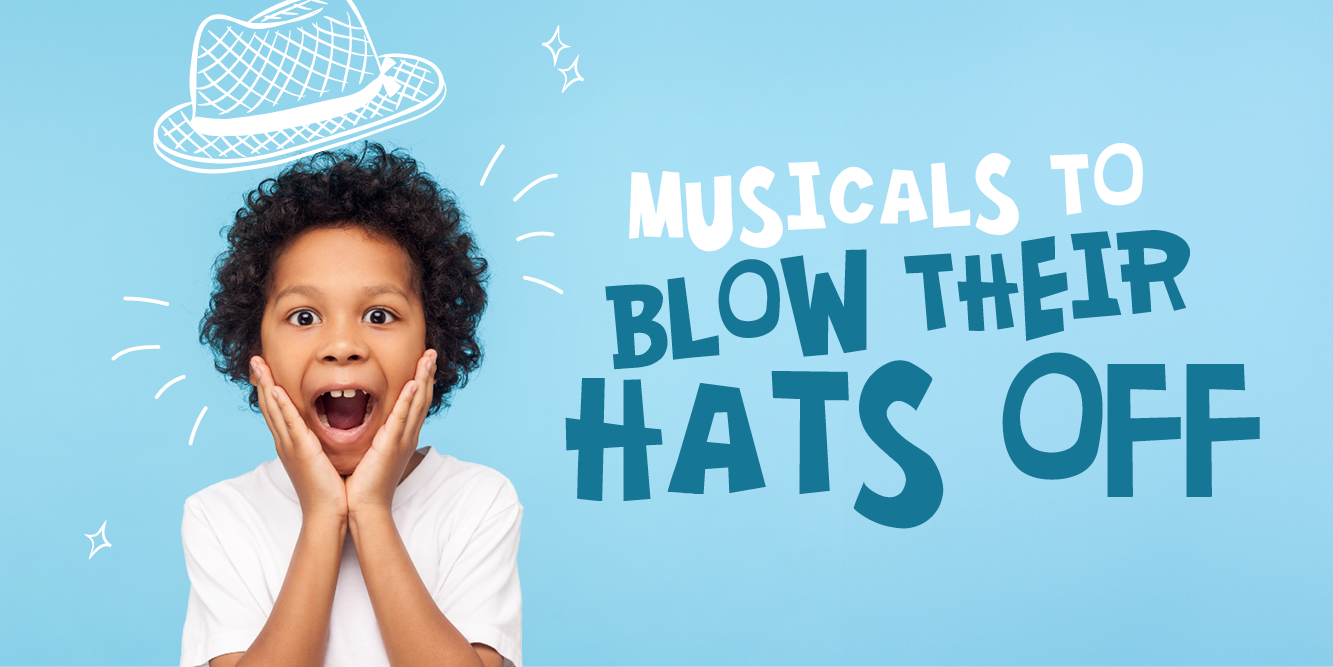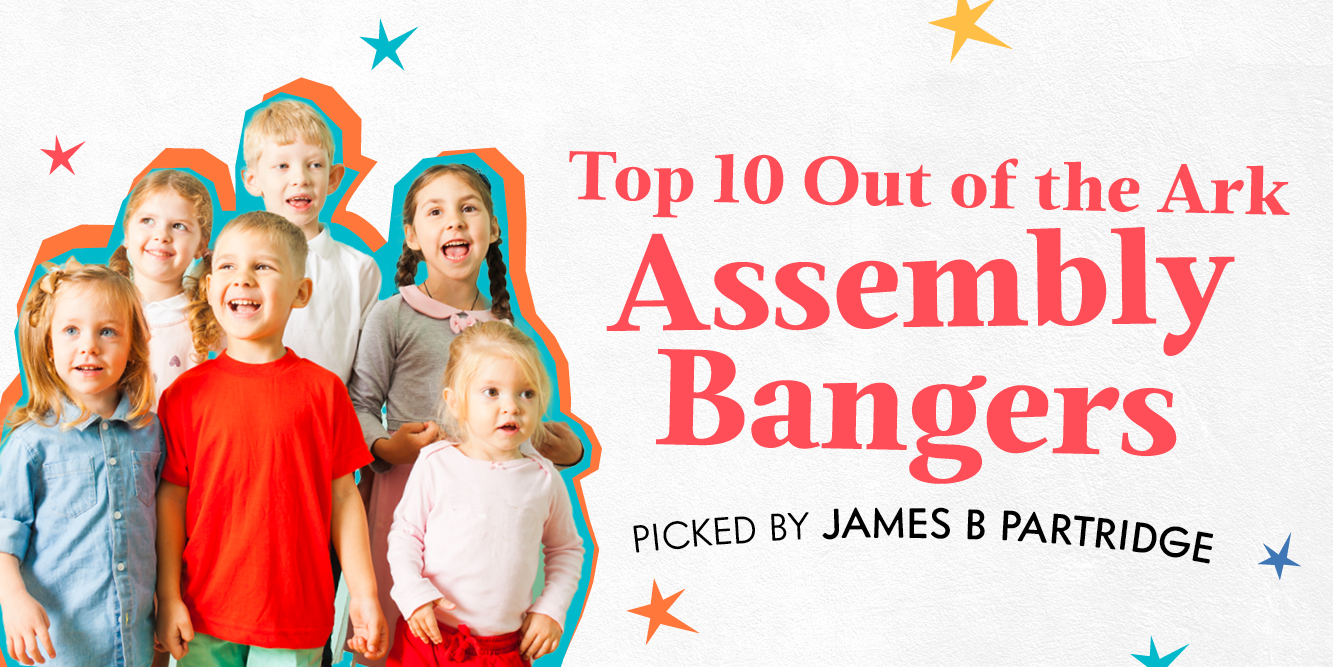
“Silent night! Holy night! All is calm, all is bright”
These are lyrics that everyone knows. They were the lyrics to one of your favourite Christmas school songs as a child. Maybe sang them in church growing up. Now, you’re probably planning to sing the same words again in the Christmas school assembly or school concert. Everyone knows the song – but does everyone know the facts about Silent Night?
Silent Night was performed for the very first time at the end of the Christmas Eve mass in the St. Nikola Church in Oberndorf near Salzburg in 1818. To celebrate the 200th birthday of Silent Night, we have created a list of interesting facts about the song for you. But, to make a list of facts a little more exciting, we’ve put our creative thinking caps on and have written an acrostic poem using 11 fun facts about Silent Night.
An acrostic poem is when the first letter of each line spells out a word or message. In the lead up to Christmas, writing an acrostic poem is a great literacy activity that you can use to get your students thinking outside of the box or ark! Encourage them to choose their favourite Christmas carol, research facts about it, and write their very own acrostic poem to read aloud in a school assembly. Use our Silent Night acrostic poem for inspiration.
To see another example of an acrostic poem, check out the lyrics to our song J-O-Y-F-U-L from Sing™ A Joyful Assembly.
S I L E N T N I G H T - an acrostic poem
by Out of the Ark Music
Six stanzas
Silent Night (Stille Nacht in German) was composed 200 years ago by Joseph Mohr, a priest from Salzburg, and his friend Franz Xaver Gruber, a teacher and organist in Oberndorf. Mohr originally wrote the song as a poem with six stanzas and in German. (A stanza is a group of lines which form a unit or verse within a poem or song.)
Intangible national cultural heritage
In 2011 the song Silent Night was declared an intangible national cultural heritage by UNESCO, the United Nations Educational, Scientific and Cultural Organization, recognising its importance as a vital cultural resource.
Lungau
Joseph Mohr created the lyrics to Silent Night in 1816 whilst in Mariapfarr in the Lungau region where he was living at the time. It was not until two years later that he passed these lyrics to Franz Xaver Gruber who added a melody.
Eve
In the Alpine region, Silent Night is traditionally only sung on 24th December, Christmas Eve.
No Man’s Land
On Christmas Eve 1914, during World War 1, German soldiers were heard singing Stille Nacht in their trenches. In response, British troops began to sing The First Noel. (Perhaps this was one of the first Christmas sing-offs!) Along parts of the front, some men responded to the events of Christmas Eve by tentatively emerging from their trenches into No Man’s Land on Christmas Day. Where it happened, enemy soldiers did indeed meet and spend Christmas together.
Two billion people
Silent Night is sung by around two billion people every year for Christmas in over 300 different languages and dialects.
Napoleonic Wars
Silent Night was created after the end of the Napoleonic Wars, 1792-1815. The wars had caused great suffering across a lot of Europe. The result was a beautiful song with a Christmas message of hope for the poverty-stricken population at that time who had been devasted by war and famine. Today it is considered as a song of peace, to bring people together, and unite them across borders, language barriers and religions.
Internationally Known
Silent Night became internationally known because singing families such as the Strasser Family and Rainer Singers popularised the song outside the Tyrol region in Austria into Europe and the rest of the world. In more recent years, singers including Frank Sinatra, Julie Andrews, Elvis Presley and even Justin Bieber have sung versions of the song.
Guitar
The original song melody includes two solo voices and a guitar accompaniment.
Haydn
At first it, was thought Silent Night was written by Michael Haydn who was thought to have been associated with the St Peter’s Abbey in Salzburg. Luckily Franz Grubers’ son, Felix, who was a choir boy at the abbey, was able to clarify the origins of the song.
Tales and Stories
Many tales and stories have emerged about the history of Silent Night. Our favourite folktale is the story of the mouse that was so hungry it started nibbling at the old bellows of the organ. The mouse damaged the organ so badly that Silent Night had to be performed with a guitar in 1954. The truth is that the organ was actually playable and in need of repair, but Joseph Mohr and Franz Xaver had already decided to perform the song with a guitar from the very beginning and sung it after the Christmas mass in front of a nativity scene. This particular tale made us smile so much that it even inspired our writers, Mary Green and Julie Stanley, to compose a charming Christmas play about it!
Silent Night, by Mary Green and Julie Stanley, is set in 19th century Austria, where the villagers of Oberndorf are busy preparing for their Christmas Eve pageant. Discover through this beautifully adapted story how a poem written by a parish priest resulted in the well-loved carol Silent Night. Click here to listen to songs and view a sample script.
The song Silent Night is also included in our title, Out of the Ark Music: Essential Christmas Carols. It also includes a selection of 20 traditional and contemporary carols to enjoy in your Christmas concert or assembly. Click here to view the product.
Out of the Ark Music: Essential Christmas Carols is available with our Words on Screen™ player. Our player highlights lyrics as the song plays making teaching and learning songs simple. It also allows you to download all musical and nativity scripts, lyrics and score sheets as well as extract MP3s. Find out more about Words on Screen™, click here.
To view an example of our Words on Screen™ player playing Silent Night from Out of the Ark Music: Essential Christmas Carols, click here.
USED IT? LOG IT!
Most schools have a CWCL licence from Christian Copyright Licensing Limited (CCLI) - more information can be found here.
This licence grants permission to display song lyrics and music from Out of the Ark Music’s Words on Screen™ Singchronize™ Player and CD ROMs, on any projection screen as well as download and share lyrics and music. Whenever you use our songs, please make note of your usage and then log your songs on your CCLI copy report, so that song writers and copyright holders are paid for their work.
View all Nativities and Christmas Musicals here.
Click here to receive a notification whenever we post to the Out of the Ark Music blog. Simply enter your e-mail address in the subscription box and click subscribe.
Keep up to date with Out of the Ark Music news and extra learning resources by signing up to our eNewsletter on the left-hand side of the screen.




